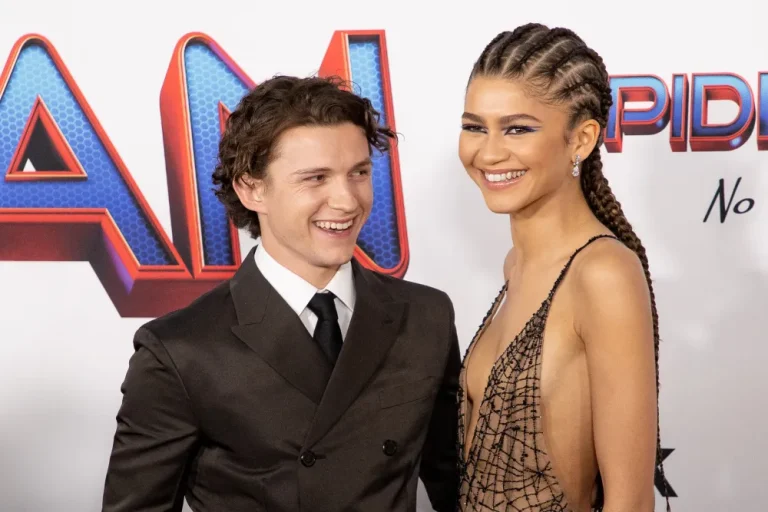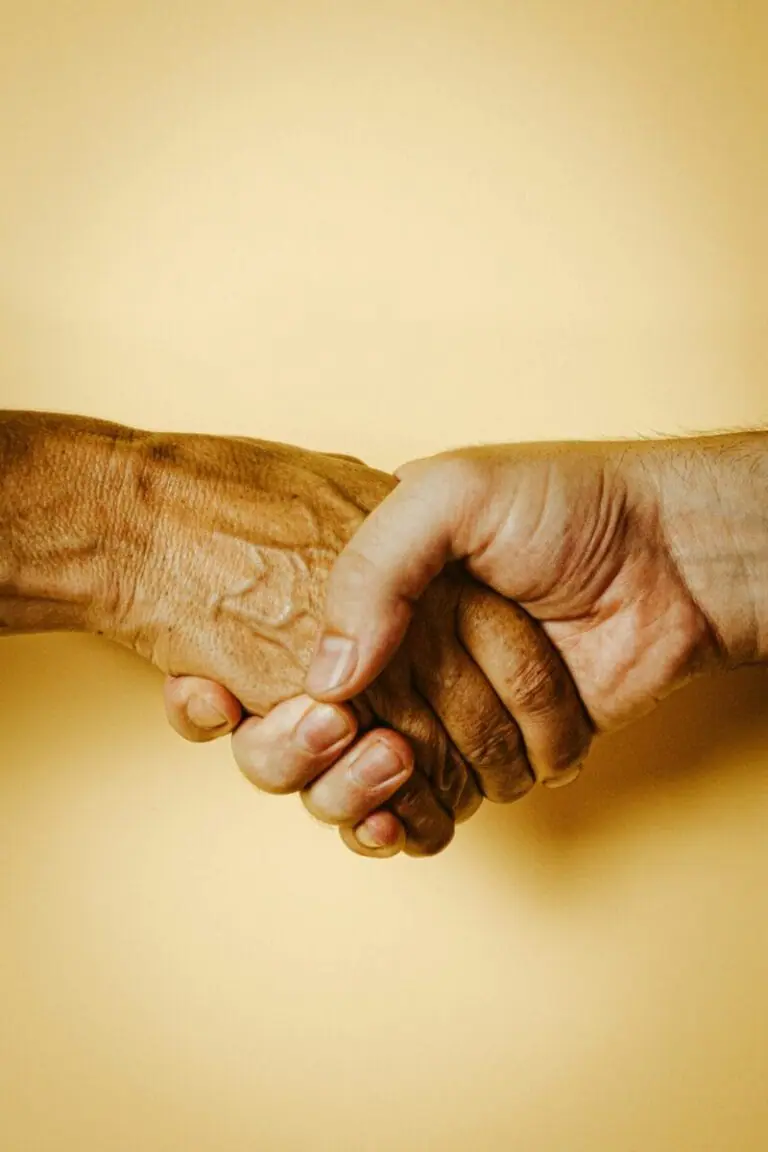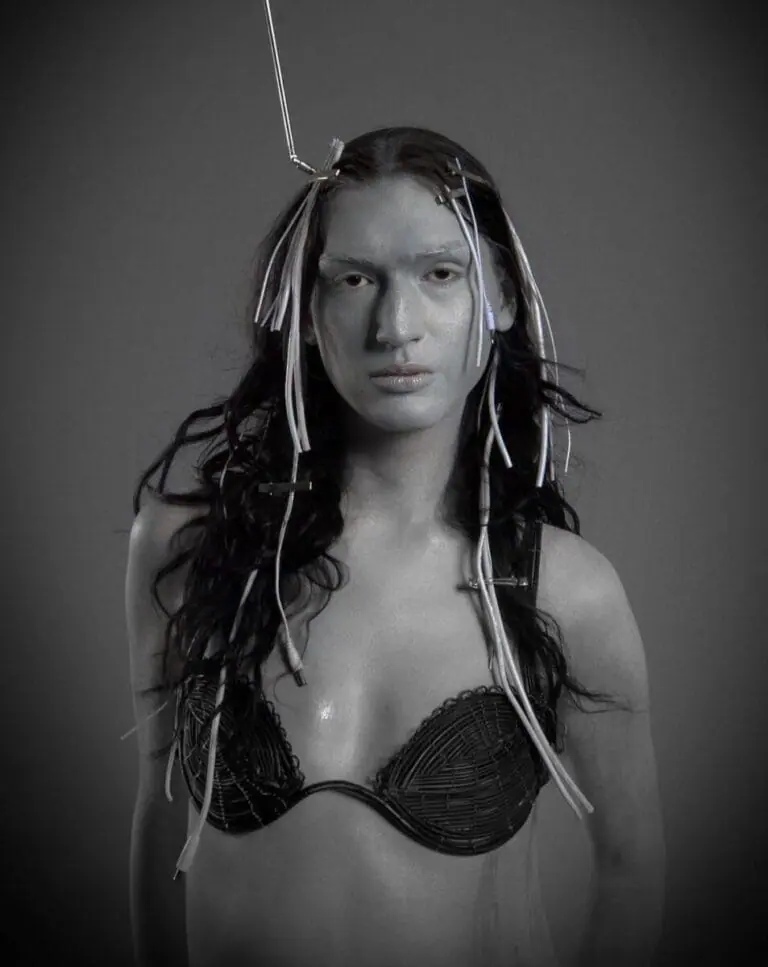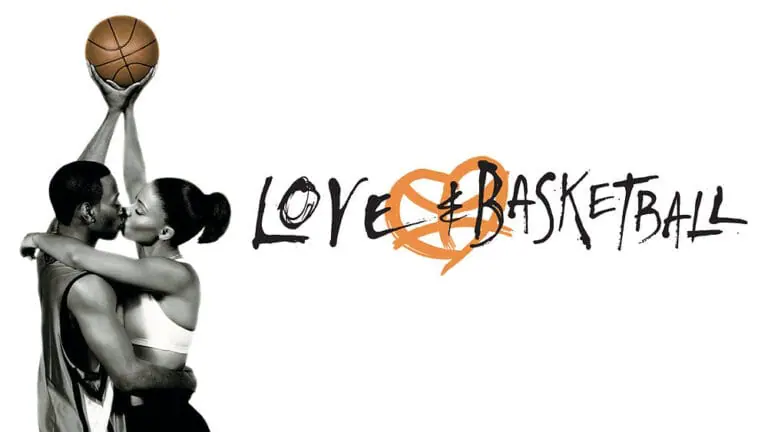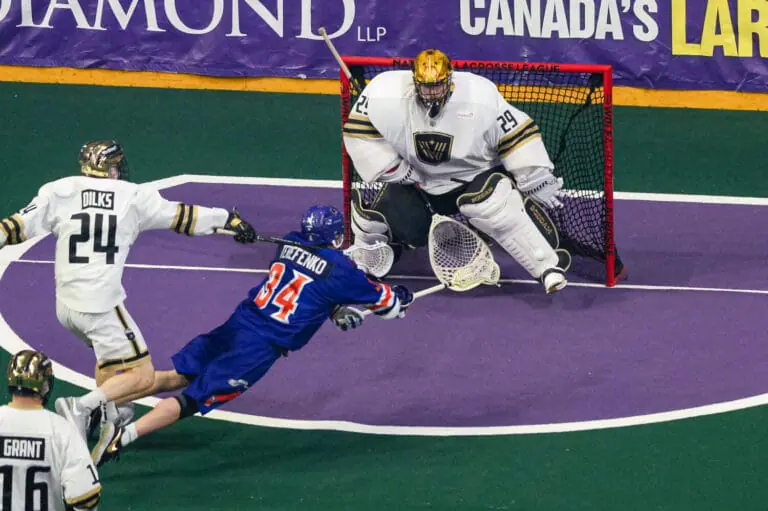The Rice Purity Test was originally created in 1988 by The Rice Thresher, Rice University’s campus newspaper, “as a segue from O-week to true college life at Rice.” It hasn’t been updated since 2012, so we decided to create our own version; though we still couldn’t figure out how to avoid the word fondled. Fill out the checklist, compare with your friends, lie about your score!
CAUTION: The Dal Purity Test is not a bucket list. Completion of this will likely result in serious injury or death. The Dalhousie Gazette does not endorse the below activities.
Find the clickable version of the test that automatically calculates your score here.
- Held hands romantically?
- Been on a date?
- Been in a relationship?
- Been in love?
- Kissed a member of the preferred sex (MPS) on the lips?
- Made out with a MPS?
- Made out with a MPS in public?
- Made out with or more people within 24 hours?
- Kissed on the neck?
- Kissed horizontally?
- Given or received a hickey?
- Kissed or been kissed on the chest?
- Kissed or been kissed below the belt?
- Played a game involving stripping?
- Masturbated?
- Masturbated while someone else was in the room?
- Been caught masturbating?
- Masturbated with an inanimate object?
- Seen or read porn?
- Gone through the motions of intercourse while dressed?
- Undressed or been undressed by a MPS?
- Showered with a MPS?
- Fondled or had your butt cheeks fondled?
- Fondled or had your breasts fondled?
- Fondled or had your genitals fondled?
- Had or given blue balls?
- Had an orgasm due to someone else’s manipulation?
- Sexted?
- Sent or received nudes from someone you were seeing?
- Had phone/video sex?
- Cheated?
- Purchased contraceptives?
- Gave oral sex?
- Received oral sex?
- Been walked in on while hooking up?
- Kicked a roommate out to hook up?
- Gotten back with/hooked up with an ex?
- Hooked up with two or more people in the same friend group?
- Hooked up with someone in your friend group?
- Hooked up with a friend’s ex?
- Drank?
- Played a drinking game?
- Been drunk?
- Faked sobriety?
- Had severe memory loss due to alcohol?
- Vaped?
- Smoked a cigarette?
- Used marijuana?
- Hit a bong?
- Used shrooms?
- Used cocaine, ketamine or molly?
- Used anything stronger?
- Been drunk or high at school/work?
- Been sent to the office of a principal or dean for a disciplinary infraction?
- Been put on disciplinary probation or suspended?
- Urinated in public?
- Gone skinny-dipping/streaking?
- Snuck out of the house?
- Used a fake ID?
- Shoplifted?
- Gotten into a physical fight?
- Driven under the influence?
- Committed an act of vandalism?
- Had sex?
- Had sex three or more times in one night?
- Had sex 10 or more times?
- Had sex with a stranger or person you met within 24 hours?
- Had sex in a car?
- ?
- Had sex in public and/or outdoors?
- Had sex in a pool or hot tub?
- Had sex in a bed not belonging to you or your partner?
- Had sex with a non-participating third party in the room?
- Had sex with someone with a three (or more) year age difference?
- Had sex while you or your partner’s parents were in the same home?
- Had sex with a virgin?
- Had sex without a condom?
- Had two or more distinct acts of sex with two or more people within 24 hours?
- Had sex with five or more partners?
- Travelled more than an hour for the primary purpose of sex?
- Used a sex toy with a partner?
- Spent the night with a MPS?
- Joined the mile-high club?
- Had a threesome?
- Participated in an orgy?
- Had period sex?
- Had anal sex?
- Made a sex tape?
- Had a pregnancy scare?
- Impregnated someone or been impregnated?
- Had an STI?
- Had the police called on you?
- Run from the police?
- Been questioned by the police?
- Been arrested?
- Been convicted of a crime?
- Paid or been paid for a sexual act?
- Committed an act of voyeurism?
- Committed an act of incest?
- Engaged in bestiality?


